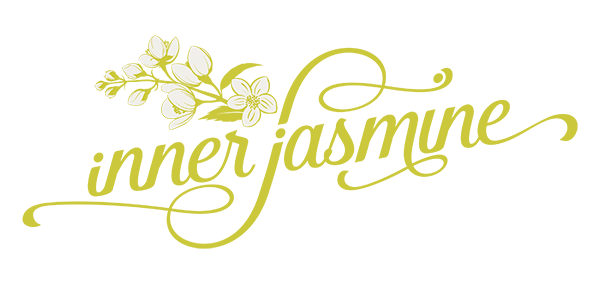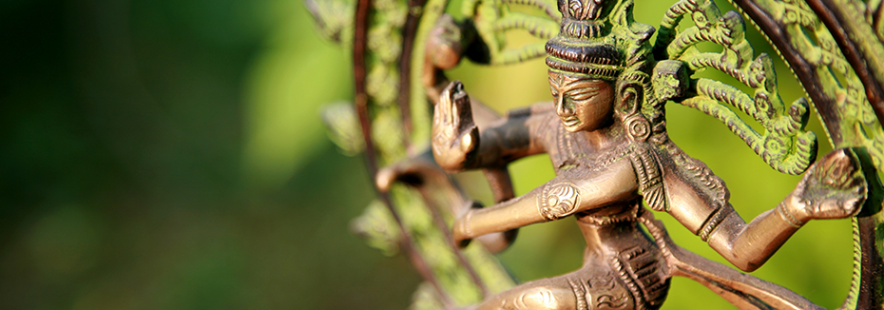In teaching yoga, it is definitely the teacher’s responsibility to show students the full eight limb yoga path. In my opinion, however, showing the way does not include clearing the way. According to yogic tradition, it is the student’s individual responsibility to learn and absorb teachings. It is likewise the student’s responsibility to retain their enthusiasm, motivation and individual hunger for practice and knowledge. It is also the student’s responsibility to choose the right yoga teacher. Whether the learning & teaching is about asana, yoga philosophy, morality or anatomy, the best teachers give information freely, with all its depth and breadth, and then allow each individual student to find the path for themselves, at their own pace. Compassionate yoga teachers are always willing to answer any questions raised by students, but they are not responsible for anticipating the questions, the problems, and the sufferings (kleshas) of their students, though they may well be aware of them or “see” them. Yoga teachers are certainly not responsible for making yoga “easy” for their students.
My teacher, Andrey Lappa has always said, “Easy is not effective”. He also states that for the ideal development of any yoga practitioner, the practitioner should not be able to do 20-30% of an asana class. In fact, during his led asana classes, if he sees that I’m personally “coasting” in my practice, he quickly strides over and deliberately creates a variation of
IMG_3581a pose for me, or adjusts my posture in a way that makes me really work both physically and mentally. Such an approach challenges everyone, not only on the physical level (anamayakosha), but also on the level of breath/nervous system (pranamayakosha) and on the first layer of mind (manomayakosha).
When students are faced with “not being able to do” in yoga, or with teachings that are “just too much”, it raises an interesting question. As teachers, are we supposed to teach up in yoga or are we supposed to make the yogic path easily accessible ? Is it a good idea to water information down so everyone is comfortable? Or is it better to present the authentic teachings of yoga as they are and then allow students to find their own way?
Regardless of the answer to those questions, an interesting thing begins to happen when students get confronted with the 1) limits and capacities of their physical practice, 2) their personal level of experience and 3) their individual depth of knowledge. Kleshas happen. Kleshas are the afflictions of the mind, and the root of all types of suffering.
Interestingly, yoga practice both provokes kleshas and provides the solutions to the kleshas. If they don’t arise, how can they be resolved? The process in-between the provocation and the solution is not easy, and not everyone is willing to surrender to that process. Kleshas force into play an observable, internal process that includes the inevitable reactivity of mind. Here are some examples of what the five kleshas might look like:
Attachment – The student’s need for things to be a certain way, in a certain sequence, or within a pattern of familiarity.
Aversion – A student’s avoiding that which is hard, overwhelming, uncomfortable, not do-able or unfamiliar.
Ego – The reaction of “minding” or “not-appreciating” when someone tells a student that they are weak, stiff, undeveloped, not perfect, not disciplined, inattentive, and lazy -OR- when the student stops their efforts because they think they are not good enough, not smart enough, not young enough or healthy enough, too injured, and that no amount of effort will matter. An inverted ego is still ego. Remaining subservient to a teacher (for many years and/or decades) whose experience is greater than one’s own is also a big provoker of the ego.
Fear – The discomfort within the student that arises when the outcome of the effort is uncertain, and they think they might fail, fall, trip, get hurt, look silly, stupid or dumb to others. Fear is about the potential dismay related to attempting something outside the limits of one’s experience or current capacity, whether on the level of body and/or mind.
Ignorance – The lack of understanding of how yoga works, not knowing the inherent subtlety of the yogic process, or simply not knowing the steps requiredto do something.
I think the concept of “teaching up” helps everyone attending an asana practice, workshop or training grasp how a calm, composed mind and an internal grace brings yoga off the mat, into daily living, despite the external circumstances of practice, or a heavy load of information.
Confronting the initial limits of body, breath and mind teaches resilience, but also possibility. Touching our limits teaches us internal strength and the power of the spirit. Cultivating an awareness of the kleshas, and truly “seeing” ourselves both inside and out, develops ordinary people into yogins. “Teaching up” is about creating the possibility of Liberation and Freedom, which is itself the upward flow of yoga.
SOURCE: http://www.marayogini.com/teaching-yoga-vs-making-yoga-accessible/

